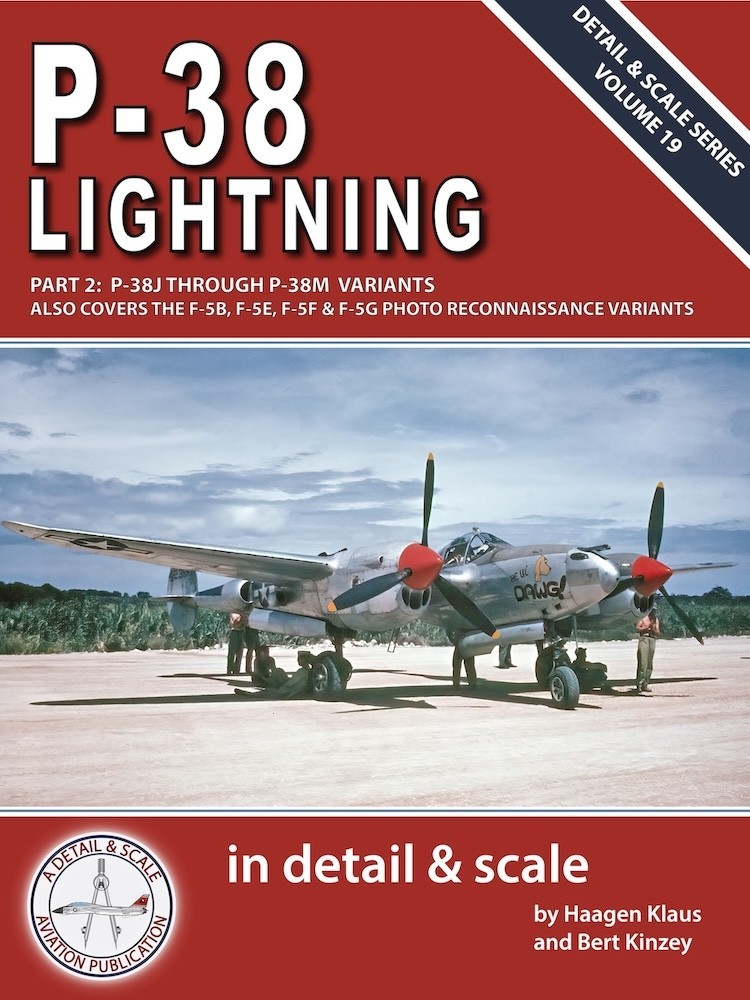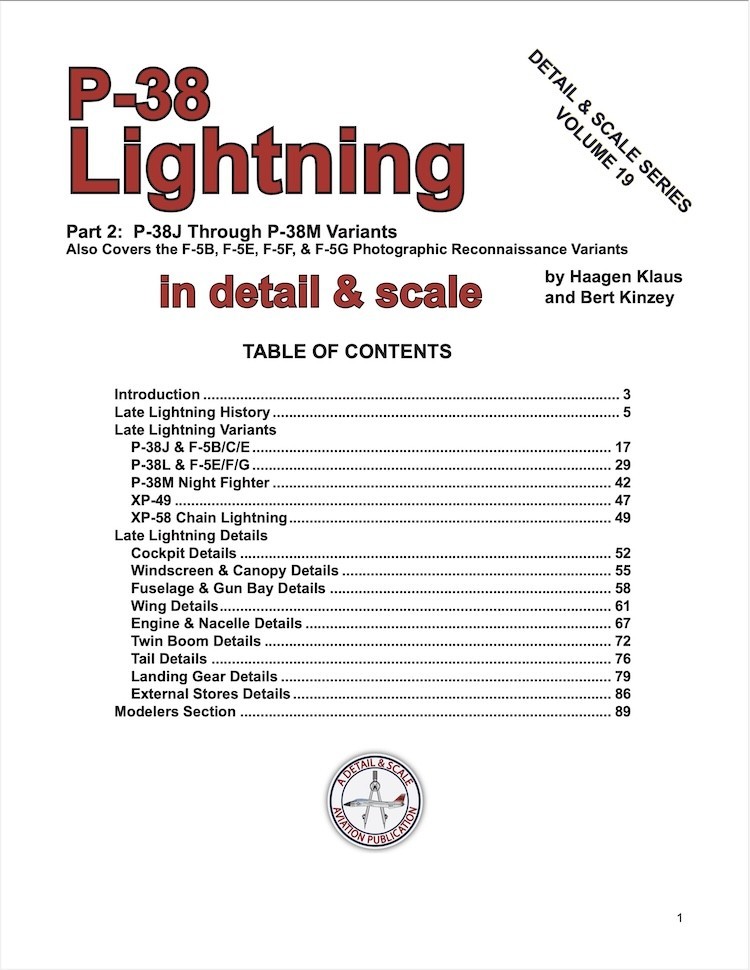
Introduction
One of the most-iconic aircraft of WW2 was the P-38 Lightning, with its colorful names like the "forked-tail devil" with the Germans, and "two planes, one pilot" with the Japanese." While less than a raging success in the ETO, where problems with its turbo-super-charged Allison engines caused crashes and failures, the Lightning still has the distinction of being the first escort fighter to reach all the way to Berlin and back. The plane proved to be a game-changer in the warmer skies of the Pacific, where combat tended to take place at lower altitudes and in less-frigid weather, and where the vast distances played to the airplane's strengths. Many aces were made in P-38s, including Dick Bong, the overall "Ace of Aces" with 40 kills. The plane took on other roles, including reconnaissance, but is probably most-famous for the pinpoint raid that flew hundreds of mile over water, intercepted and then shot down the plane carrying IJN Admiral Isoroku Yamamoto on April 18, 1943.
The amazing "In Detail & Scale" series of books covered the P-38 in the past, with two volumes published in 1998. Both are long out-of-print, and so the publisher has freshened the material with two new volumes updating the legendary Bert Kinzey's work with the addition of co-author, Haagen Klaus. Aeroscale already reviewed Part 1: XP-38 Prototype Through P-38H Variants covering both the F-4A and F-5A photo reconnaissance versions. This is the review for the second book.
Contents
The 102-page soft-cover large scale book is divided into twenty-one sections covering the late Lightning variants, followed by sections for the
- P-38-J and F-5B/C/E
- P-38L and F-5E/F/G
- P-38M Night Fighter
- XP-49
- XP-58 Chain Lightning
- The cockpit
- Windscreen & canopy
- Fuselage & gun bay
- Wing
- Engine & Nacelle
- Twin Boom
- Tail
- Landing gear
- External stores
The Review
As I wrote in the review of the first volume, I can't imagine starting a build without the relevant In Detail & Scale book at my workbench. The two volumes together cover every aspect of any Lightning build, and they offer a pleasing balance between historical information about the plane and nuts & bolts detailing for modelers.
One of the delights of the book is the detail it goes into about the 1:1 aircraft, especially the search for why the Lightning struggled in the skies over Europe where it should have excelled. The authors debunk blaming the weather for the Lightning's problems in the ETO in Volume One, insisting it was British av-gas with high concentrations of tetraethyl lead which caused issues not found in the PTO. The late Lightnings found ways around the early problems, the the PTO remains the arena of the plane's greatest successes.
Improvements to the "Late Lightning J variant" included better heating and defrosting of the cockpit, along with conventional intercoolers instead of the leading edge ones that had prevented pilots from opening the engines up to full horsepower. The final version was the L, of which over 3,800 were produced, the most of any variant. And while P-38s shot down the most Japanese planes of any US aircraft, the book also lays out its successes in the Italian and European theaters. Other lesser-known theaters like escorting transport aircraft over "the Hump" from India and today's Bangladesh to China also feature in the text.
Looking at the nuts & bolts of the book, the authors revisited the thousands of period photos taken of the P-38, looking for new or lesser-known ones, or else cleaning up some of the old standbys. The scale drawings of the plane's architecture done by Lloyd Jones for the original volumes have been retained, as they are according to the book "the most accurate drawings of the Lightning, ever made available to the general public."
The photos are superbly-reproduced for a book of this reasonable price point, and I suspect there are many options for inspiring model builds. Many shots of nose art are included, and some photos are in color (due more to the somewhat limited availability of color photography from the period). There are also maverick Lightnings like the P-38J Droop Snoot designed to accommodate a Norden bombsight. While the Lightning found its greatest role as a fighter, its twin-engine endurance made it excellent for bombing targets that didn't lend themselves to heavy or even medium bombers.
As with the first volume, despite a wealth of detail, the text is definitely quite readable, with none of the dullness of many military volumes.
Section for Modelers
At the end of the book is a twelve-page section for modelers that reviews late Lightning kits in all popular scales. Trumpeter's P-38 is the only major kit in 1/32nd scale, and a good deal of attention is devoted to it, though the quarter-scale Tamiya Lightnings front and center. These are generally considered some of the best renderings of the plane in styrene.
Conclusion
Even if you are not a super-detailer, the In Detail & Scale books are simply about the best resource you can have for creating an outstanding model. The amount of information, level of detail in the photographs, the sharpness and clarity of said photos, and the tailoring of the books to the wants and needs of modelers means that you can't go wrong with at least one of these volumes. Builders of P-38s in any scale will appreciate the material on the cockpit and other points of interest. Highly-recommended.
Thanks to Detail & Scale Publications for this review copy. Be sure to mention you saw the book reviewed here on Aeroscale when ordering your own copy.





































![Junkers F13 [Early Prod] With Winter Skis Coming Soon](/upload/media/posts/2025-07/22/48020-junkers-f13-with-winter-ski-early-prod_1753181324-s.jpg)


